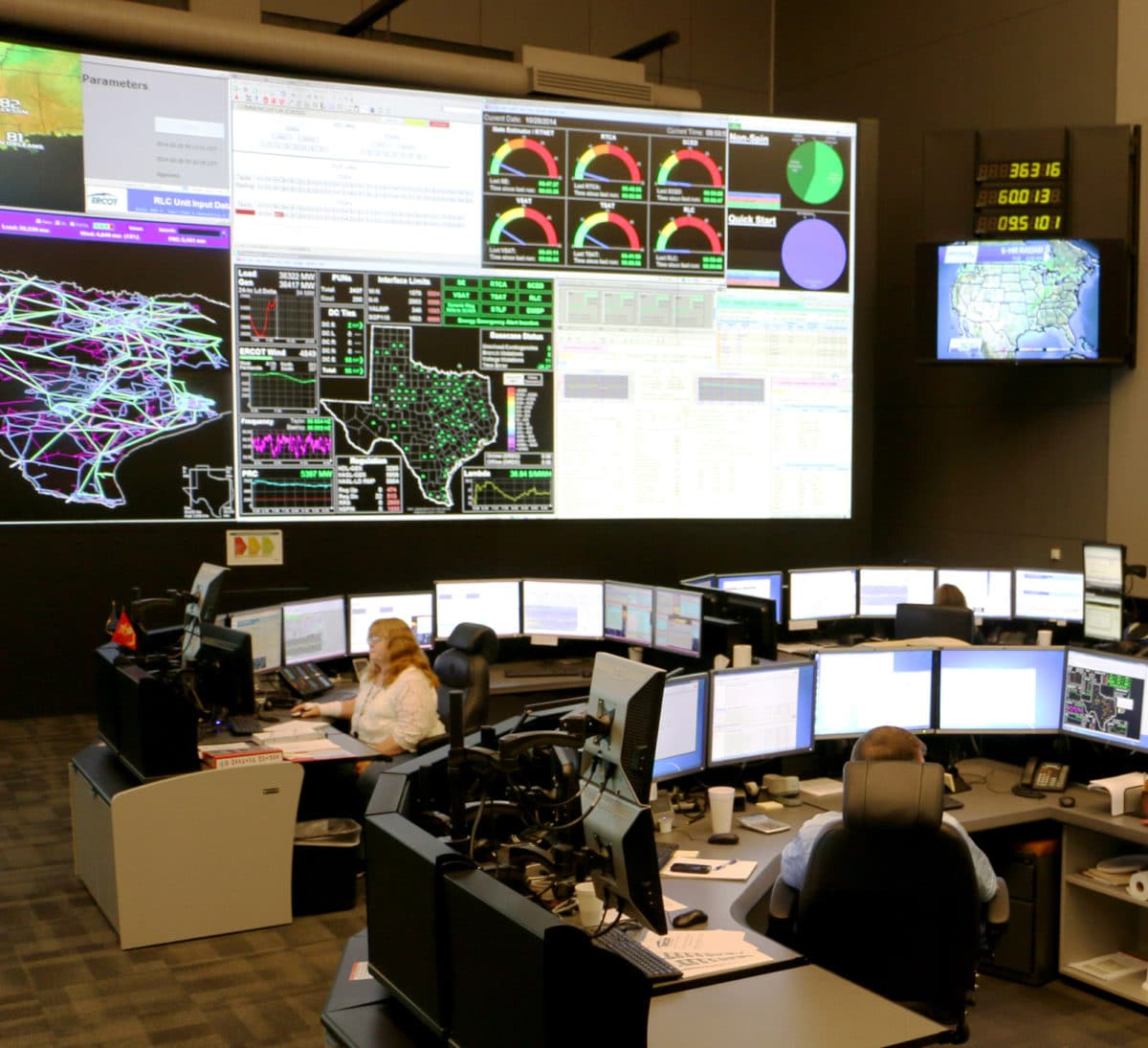The largest power cooperative in Texas filed for Chapter 11 bankruptcy protection on March 1, saying it received a $1.8 billion bill from the Electric Reliability Council of Texas (ERCOT) following last month’s winter storm that crippled the state’s electric power grid.
Brazos Electric Power Cooperative Inc. filed for reorganization in the U.S. Bankruptcy Court for the Southern District of Texas.
The company is a 3,994 MW generation and transmission cooperative whose members’ service territory span 68 counties and 1.5 million customers from the Texas Panhandle to Houston. Dating from 1941, Brazos Electric was the first cooperative formed in Texas to generate and supply electric power. It supplies wholesale power for its 16 member-owner distribution cooperatives and one municipal system.
(Read “An energy strategy worthy of Texas.”)
In a statement, Brazos said ERCOT sent it “excessively high invoices” with payment required “within days.” The company said that it “cannot and will not foist this catastrophic financial event” on its members and consumers.
In late February, ERCOT said that $2.1 billion in bills had gone unpaid after the storm, which hit Feb. 14 and lasted for days. More power providers likely will reject bills in the coming days, ERCOT executives were quoted as saying.
In a related action, Fitch Ratings in late February placed all retail and wholesale electric utilities operating within ERCOT on Rating Watch Negative (RWN). The action followed what Fitch said was the “potentially severe, but uncertain” financial impact of the winter storm.
Fitch said that real-time energy prices during the storm hit ERCOT’s market price cap of $9,000/MWh, and spot gas at the benchmark Houston Ship Channel pricing point averaged more than $200/million British thermal units (MMBtu). Prices earlier this year were $20/MWh and $3/MMBtu, respectively.
Siemens to study hydrogen energy integration
Siemens Energy said it will conduct a design study on ways to integrate a hydrogen energy storage system into an 840 MW combined cycle power plant run by Intermountain Power Agency in Utah. The hydrogen storage project won a $200,000 grant from the U.S. Department of Energy.
The study will look at the efficiency and reliability of a CO2-free power supply sourced from large-scale hydrogen production and storage. It also will consider aspects of integrating the system into an existing power plant and power grid, such as impacts on subsystems, sizing, and costs.
The study will focus on Siemens Energy’s Silyzer technology, which uses electrolysis to make hydrogen. Scope of the work includes hydrogen compression, storage, and plant controls.
The power plant itself plans to move from coal to natural gas, with the goal of burning 30% hydrogen fuel at start-up in 2025 and 100% hydrogen by 2045 using technology from Mitsubishi Power. The power plant provides electricity to customers in Utah and southern California.
Fuel cell production plant
Hyzon Motors, a supplier of hydrogen fuel cell-powered heavy vehicles, said it plans to build a membrane electrode assembly (MEA) plant near Chicago.
The MEA accounts for about 70% of the cost of a fuel cell stack. MEAs are produced at commercial scale in Canada, Europe, Japan, Korea, and China. Hyzon said that smaller-scale MEA production in the U.S. has so far been both a supply and a cost “bottleneck” for fuel cell vehicle production.
At full capacity, the Hyzon plant is expected to produce enough MEAs to supply up to 12,000 hydrogen fuel cell-powered trucks each year. The facility is expected to start producing in the fourth quarter.
This content is protected by copyright and may not be reused. If you want to cooperate with us and would like to reuse some of our content, please contact: editors@pv-magazine.com.









A “Once in a Lifetime” storm hits Southern USA and ERCOT has NOTHING BETTER TO DO… THAN FINE GENERATORS WHOSE WIND MILLS FROZE…. SOLID (???)…
This is a classic case of Regulators and lawyers gone beserk…. nothing more… nothing less…
In Common Law there is a thing called “Act of God” …. the deepfreeze of/in Texas qualifies as such with or without the ERCOT’s Blessing(s)…. now if there was REAL AND PLANNED ACTION(S) then obviously it was not ordained by God (how can God do such a thing…. right…???) …. but this Texas Size deepfreeze definitely had GOD… GOD… GOD… all over it…!!!